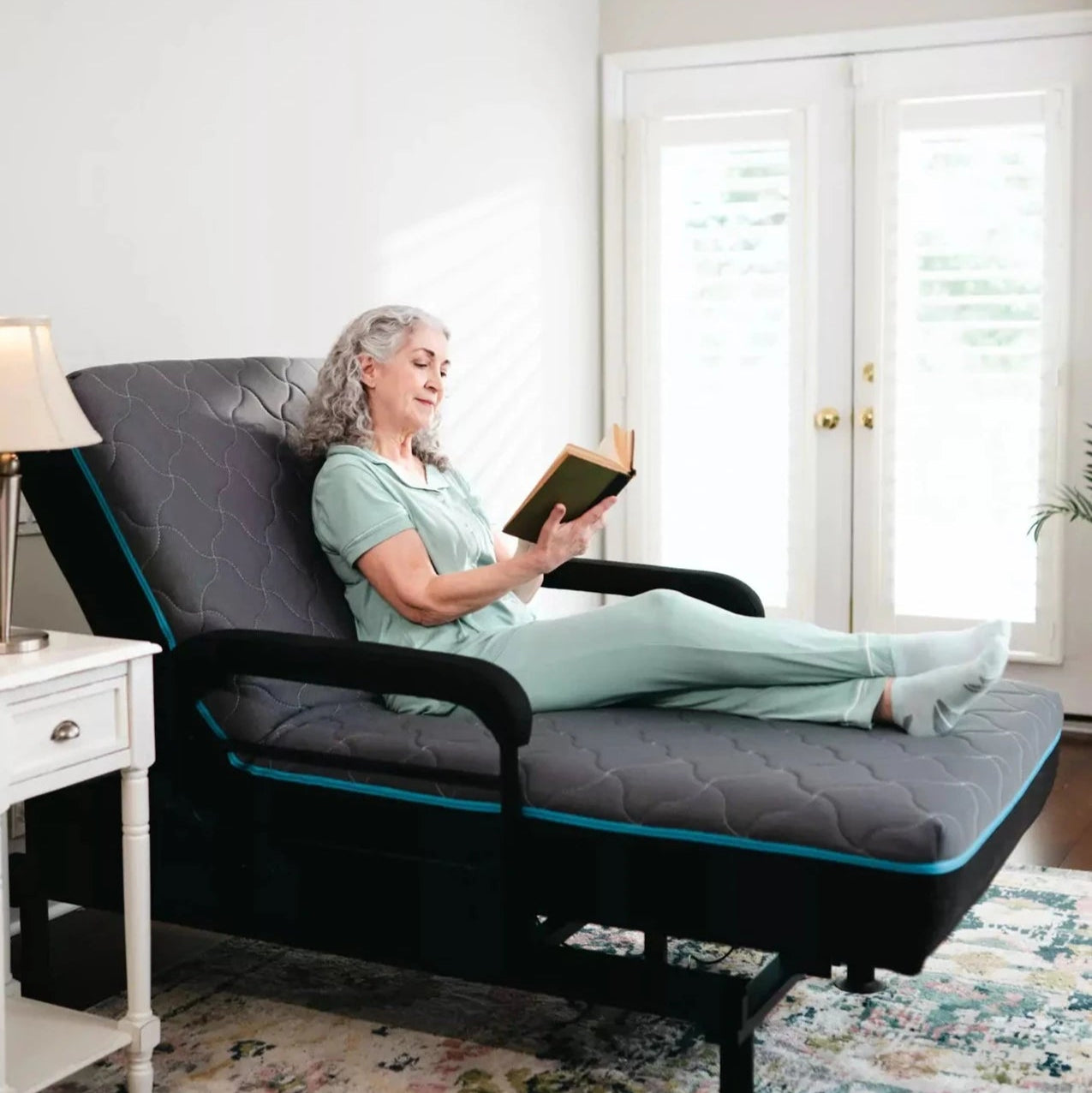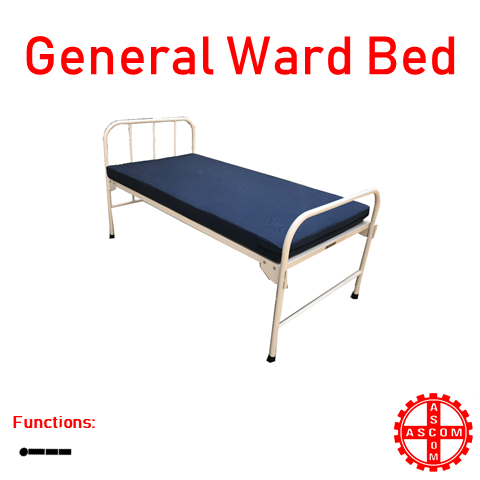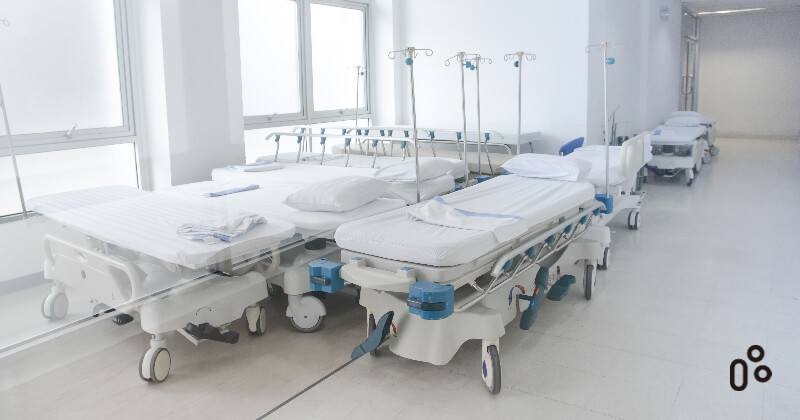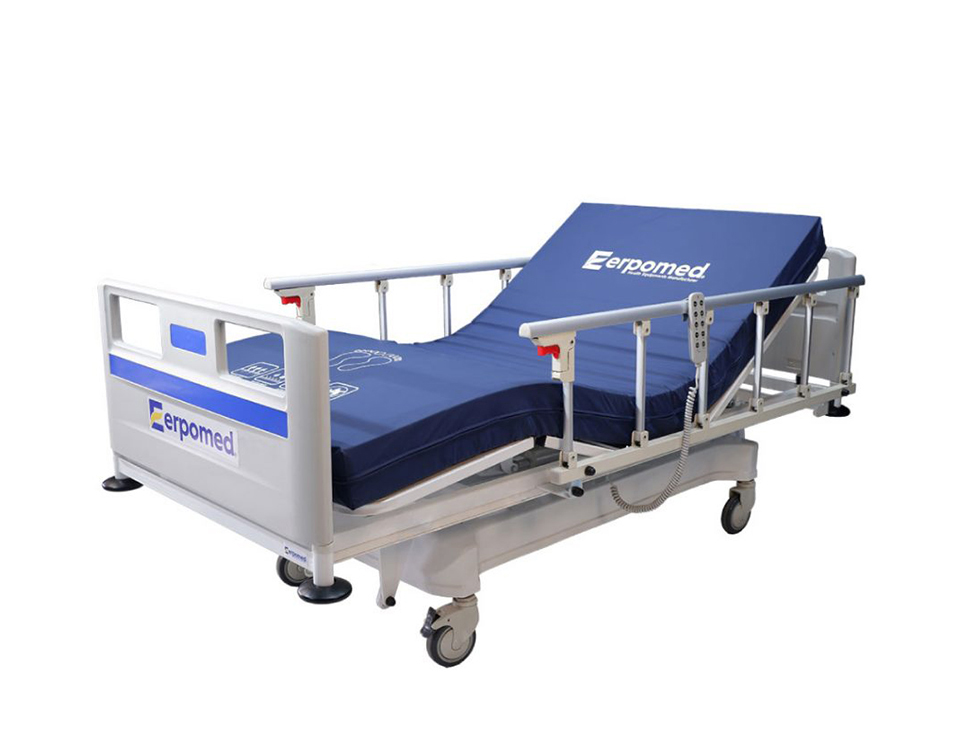The smart Trick of Hospital Beds For Home Use That Nobody is Discussing
The smart Trick of Hospital Beds For Home Use That Nobody is Discussing
Blog Article
The Of Hospital Beds For Home Use
Table of ContentsRumored Buzz on Hospital Beds For Home UseFacts About Hospital Beds For Home Use UncoveredThe Of Hospital Beds For Home UseMore About Hospital Beds For Home UseThe 6-Minute Rule for Hospital Beds For Home UseThe Basic Principles Of Hospital Beds For Home Use The Only Guide for Hospital Beds For Home Use
There are 3 primary kinds of health center beds: manual, semi-electric, and fully-electric. Even more types of clinical beds exist and they are detailed below. These beds use hand cranks to adjust the bed's elevation and increase and reduce the head and the foot. Hand cranks are typically found at the foot of the bed and require a person that is physically efficient in operating.
Semi-electric beds have an electrical motor to increase and lower the head and foot sections of the bed (hospital beds for home use). Full-electric beds have an electrical motor that can increase the head and foot sections of the bed as well as the whole height and positioning of the bed.
The 6-Second Trick For Hospital Beds For Home Use
Some versions can additionally move right into even more placements, such as the Trendelenburg (tilt) position. There are a number of sorts of health center beds, each designed to fulfill particular individual requirements. Here are some usual kinds: This is one of the most common type of health center bed, designed for basic medical usage. It has a guidebook or electrically flexible headrest, footrest, and height.
Lower to the ground than a typical bed. This kind of bed is made for bigger patients, with a wider structure and greater weight capacity than a basic bed.
This kind of bed is created for seriously ill patients that require open tracking and specialized clinical tools such as ventilators and infusion pumps. This kind of bed is made for use throughout labor and shipment, with flexible placements and functions to sustain the mother and infant throughout the birth procedure.
Unknown Facts About Hospital Beds For Home Use
Numerous feature and the accessories perform expanding grip to various parts of the vertebra and the extremities without relocating the human body. These are simply a couple of examples of the sorts of healthcare facility beds readily available. The details kind of bed utilized will certainly depend upon the person's problem, medical requirements, and various other elements.
Right here is the important things you require to know. A one-function hospital bed is a clinical bed that enables a person to relocate only the head or foot section up or down. A 2 function hospital bed typically describes a kind of medical bed that has two adjustable features to help people in hospitals or care facilities.

The Facts About Hospital Beds For Home Use Revealed
A 7-function ICU bed is a type of medical bed that offers numerous adjustable features to support critically unwell individuals in an extensive treatment unit (ICU) (hospital beds for home use). The seven features commonly consist of: Backrest change: The backrest can be adapted to numerous angles to assist the person stay up or exist down easily
Elevation modification: The bed can be elevated or published here lowered to make it simpler for clients to enter and out of bed, and for caretakers to provide treatment. Trendelenburg placement: The entire bed can be tilted to advertise blood circulation and blood circulation in the body. Reverse Trendelenburg position: The bed can also be tilted in the opposite direction to promote blood circulation and circulation in the upper body.
1. What Size is a Healthcare Facility Bed? 2. Just how much Does a Healthcare Facility Bed Price? 3. Why Do Healthcare Facility Beds Have Side Rails? 4. What Are The Key Health Center Bed Parts?. While more inexpensive than electric versions, these beds require exertion for adjustments. The main advantages of hands-on beds are their cost and integrity, as they don't count on power. The demand for hands-on effort can be a constraint in browse around these guys situations where fast adjustments are necessary or where caretakers deal with physical challenges.
The 10-Minute Rule for Hospital Beds For Home Use
They are fit for patients who call for minimal repositioning for comfort or medical needs. Semi-electric health center beds supply an equilibrium of guidebook and electric controls. The head and foot sections are normally readjusted with electrical controls, while the elevation is readjusted by hand. These beds offer a perfect happy medium in between manual and completely electrical options, offering ease of usage without the full expense of electric models.
Semi-electric beds are fit for individuals that need modest adjustments to the head and foot areas but can take care of without frequent elevation adjustments. This makes them a cost-effective service for those seeking convenience and comfort without the requirement for continuous repositioning. Totally electrical hospital beds include electric controls for smooth modifications to the height, head, and foot sections.
Specialized healthcare facility beds, such as ICU beds, long-term care beds, and bariatric beds, are thoroughly designed to resolve particular medical demands. These beds provide customized take care of diverse client teams, enhancing both outcomes and comfort. In the adhering to sections, we will certainly check out the primary anchor types of specialty medical facility beds, describing their particular advantages and applications.
With years of experience in manufacturing electrical straight actuators - hospital beds for home use and close cooperation with the healthcare industry, TiMOTION is well-positioned to offer reliable medical care services. Our up and down integrated company manages every step of the production process, from layout to actuator assembly, ensuring we deliver phenomenal worth and personalized remedies tailored to your specific requirements
Hospital Beds For Home Use - Truths

To find out more about incorporating these technologies right into your items, contact us today. Further analysis:.
Data is sourced from the Medicare Expense Report. Accessed January 2025. Temporary acute treatment medical facilities have the greatest average variety of beds at 187. They are one of the most typical kind of healthcare facility in the U.S. and comprise even more than 50% of united state medical facilities. Kid's health centers have 178 beds usually and VA hospitals typical 175 beds.

Getting The Hospital Beds For Home Use To Work
A hospital bed is a bed designed particularly for medical objectives. It is not just an area for individuals to relax, however also a platform for clinical procedures. Unlike common home beds, health center beds normally have adjustable attributes, which can promote clinical staff to make various adjustments according to the needs of people, such as altering the height, disposition, and assistance angle of the back and legs of the bed.
Report this page